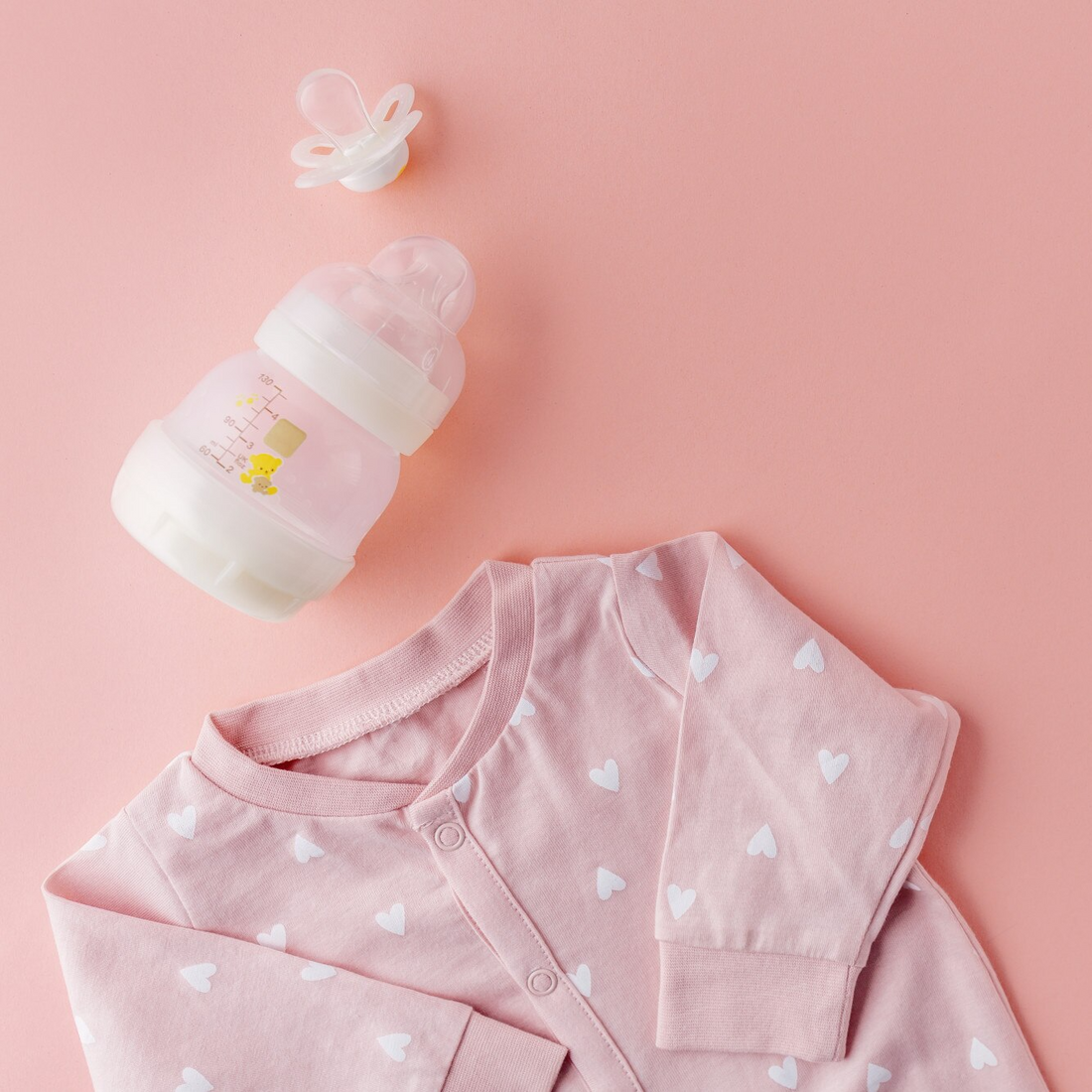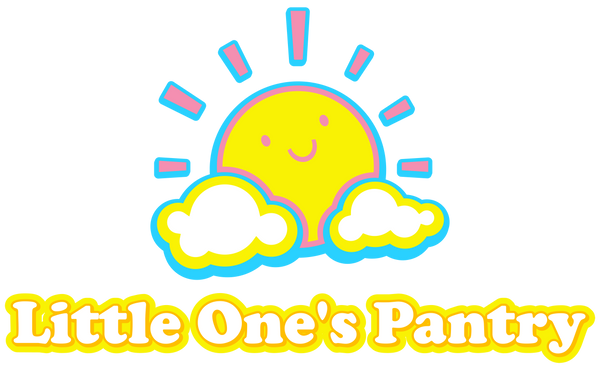
Different Types of European Baby Formula
Share
Disclaimer: We are not medical professionals. For any concerns about infant nutrition, please consult a healthcare provider.
🐣🐣🐣
Baby formula, also known as Infant Milk, is commonly made from cow's or goat's milk and is widely popular. Nowadays, plant based formula is available, offering a dairy-free alternative for babies with allergies, lactose intolerance, or families following a vegan lifestyle.
Baby formula comes in two forms: Dry Powder and Ready To Feed
• Dry Powder: Requires mixing with water before feeding.
• Ready To Feed: No mixing needed, ready to serve. It is more convenient but also more expensive.
How many types of baby formula?
1. First Infant Milk ( Stage 1: from birth - 6 months or up to 12 months)
First infant formula is the initial formula you provide to your baby. Cows' milk formula contains proteins (whey) and casein. First infant formula is primarily based on whey protein, which is believed to be easier to digest than other types of formula.
When your baby reaches 6 months and begins eating solid foods, you can continue with first infant formula or switch to follow-on formula until 12 months.
After 12 months, your baby can switch to regular pasteurized milk, depending on their health and nutritional needs.
2. Follow-on Milk (Stage 2: 6+ months)
Follow-on formula is only suitable for babies older than 6 months. There are slight changes in the nutritional values between stage 1 and stage 2 as babies require additional nutrients as they are growing. Although Follow-on comes after First Infant, babies can continue to use stage 1.
3. Toddler Milk or Growing-up Milk ( Stage 3: 10-12+ Months)
Toddler formula is suitable for babies from 10-12+ Months, depending on the brand. 12+ months with Kendamil and Nannycare. 10+ months with HiPP German and HiPP Dutch; after that are HiPP German 1+ Kindermilch (1+ year) and HiPP Dutch Junior (2+ years).
At this stage, babies can switch to regular unsweetened pasteurized milk or plant based milk whichever they prefer. Full-fat milk is typically recommended for children under 2 years, as they need the additional fat for brain development. However, pasteurized skimmed milk and 1% milk should not be used as a main drink for children under 5 years old.
To ensure babies get enough nutrients from solid foods, avoid overfeeding milk so they don't feel too full to eat solid foods.
Special Baby Formula
4. Hypoallergenic
At Little One's Pantry, we carry HiPP Hypoallergenic German 600g box (Stage Pre, 1 and 2. Stage 3 available upon request) and Dutch 800g tin can (Stage 1 and 2).
Hypoallergenic formula is a type of formula with proteins that are extensively broken down (hydrolyzed), making it suitable for babies who are sensitive to cow's milk protein. This formula has a thinner consistency compared to other formulas. You may find it watery.
5. Comfort
Comfort formula is a partially hydrolyzed formula that is suitable for babies from birth, especially those experiencing issues like wind, colic, and constipation. Both Kendamil and HiPP offer their own versions of the Comfort line.
This formula is not suitable for babies that have CMPA (Cows' Milk Protein Allergy).
We carry Kendamil Comfort 800g tin can and HiPP German Comfort 600g box.
6. Anti-reflux
Anti-reflux formula is suitable for babies from birth. At Little One's Pantry, we carry HiPP German Anti-reflux. This formula is thickened with Natural locus bean gum, which may reduce the frequency and severity of reflux by making the formula less likely to flow back into the esophagus.
🐣🐣🐣
Those aforementioned types of baby formula contain lactose as their primary carbohydrate source.
I will cover more on each types of formula and how to store & prepare it.
For more information, check out the links below
National Health Service (NHS) UK
CDC U.S
FDA U.S
